Mechanics was the first bit of physics I ever really liked—the idea of being able to memorise a few basic laws and then apply them to untangle and solve different situations is a nice one, even if it was only ever endless particles on massless springs and balls rolling down smooth slopes and all the usual rubbish.
However, where do Newton’s laws actually come from? Why does F = ma? I didn’t think it was even valid to ask that these questions until my mechanics lecturer in first year casually mentioned that you could derive all that stuff. Until then I thought that was just the way things were, and you could measure it (more balls rolling down more slopes) and that was good enough.
Who wants good enough though? When I finally got to study this underlying idea, which is called Lagrangian mechanics, I was so confused why no one had ever thought to mention this before—especially when the general idea is so simple!
That idea is that things are lazy. They take the easiest path from one place to another— one that minimises a quantity called ‘the action’ of the thing. The action is a mathematical expression that takes into account the energy of the system.
If you would like a more mathematically rigorous definition and a proof of how to get from the statement of the action to the equation I am going to tell you about, click this link, or alternatively come to Imperial for three years, have a great time and then take Advanced Classical Physics. (However if you are doing A level maths you should be fine to follow it through as the most complicated thing in the proof is partial differentiation—I told you this subject should be taught earlier!)
If, on the other hand, you are happy to take my word for it, or you believe everything you see written in pancake, then here is the equation you come up with, once you have decided that things are essentially lazy and go about their lives on the path of least action:
This equation is called the Euler-Lagrange equation. The x is just some co-ordinate that you choose depending on the situation you are in, and the L is something called the Lagrangian, which is equal to the kinetic (movement) energy minus the potential energy (which is other general sources of energy you have, like the tension in a pulled spring or when you raise an apple up in the air).
This is very cool equation, and definitely worth looking at for a while. (Not least because I took the trouble to make it out of pancake, which has caused me two nasty burns on my finger.)
What it is saying to you, in its mathematical way, is ‘there is now no need for Newton’s laws or doing any actual experiments—just apply me to the situation and I will explain everything’.
‘OK equation,’ we will say in return. ‘Let’s see what you can do.’
Let’s apply this equation to an apple sitting surrounded by some potential energy V. (It doesn’t matter what this is—maybe you have held it up and dropped it and the potential energy is the energy of the earth pulling it downwards, or maybe it is a magnetic apple being attracted towards another apple, which seems less likely.)
Newton would say:
I mean OK, the Lagrangian way took a lot more steps, but that is because Newton is skipping to the end without ever explaining why. That you can apply the Euler-Lagrange equation and get F= ma out is pretty neat, considering we got all this without ever needing to actually do the experiment. A big win for laziness all around.
Feel free to go and apply this equation to anything else you want—apples on springs or apples on pendulums, or apples on pendulums on springs rolling down a slope.
But wait! This equation doesn’t stop bragging there.
‘I can do more,’ it insists. ‘I can answer some of the really big questions like why can’t energy be created or destroyed? And why won’t angular momentum just go away and leave us alone?’
We will have to concede that once again, it is telling us the truth.
That is because right there in the equation is a simple version of a thing called Noether’s theorem, which does indeed explain a lot of deep results. Noether’s theorem relates symmetries to conservation laws—it shows that conservation of energy, for example, comes from the fact that you can do an experiment at any time, and the result will not change. This is exciting, because again, why should energy just exist as a fixed amount?
This general form of Noether’s theorem requires a bit more maths, but some specific cases can be seen right away from our beautiful pancake Euler-Lagrange equation.
Take, for example, an apple moving through deep space. It has no forces acting on it—its only energy is kinetic.
That means there is no x in the Lagrangian at all (there is an x with a dot above it, but that means something different). This means the right hand side of our Euler Lagrange equation is equal to 0. The left hand side now can show us something about the system. This term:
Means that the stuff inside the bracket is a constant.
Which means that momentum is conserved.
That is cool, because again why should momentum be conserved?? It turns out it is because you can change the x however you want i.e. you can move the apple anywhere in deep space and it doesn’t care, because its Lagrangian is the same.
It is symmetrical under a transformation of co-ordinates.
And because of that, you bung in the letters and out pops this conservation law, which might not seem very useful in this situation of an astronaut apple, but imagine you have two apples in deep space colliding head on and you want to know what will happen. Then, this cheeky extra law you have discovered will come in very handy.
Other symmetries produce other conservation laws, like the conservation of angular momentum which always seemed suspicious to me, until I understood where it came from.
On a completely different note, I hope that we are all looking after ourselves! I’ve talked about this but I just wanted to reiterate it in a blog that isn’t specifically about stress or panic or whatever, because it is perfectly normal to find studying overwhelming sometimes, and as such it should be part of our normal conservation.
Lots of people around me this year (including me I am sure) look tired and stressed already, and we’ve been back not even two weeks! Having to feed, motivate and keep yourself happy is a tiring thing to do! That is normal, and everyone pretends it isn’t, and it can drive you crazy.
Anyway, here is a dubious Isaac Newton made out of pancake.


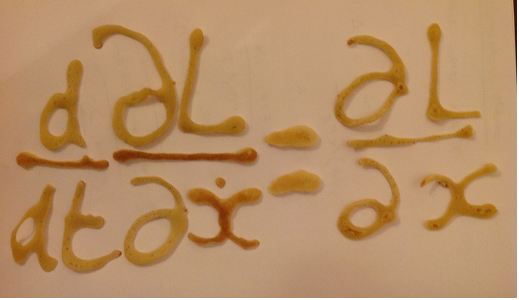
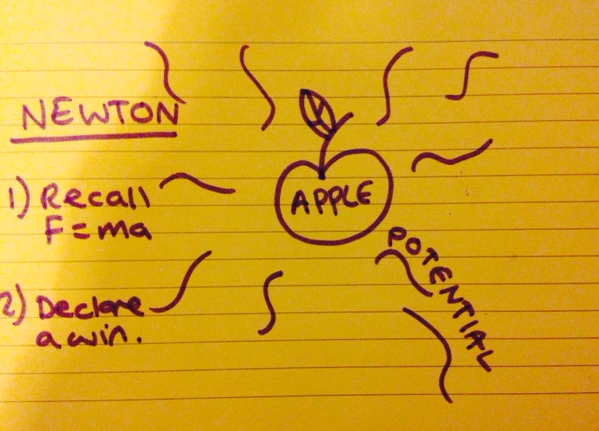
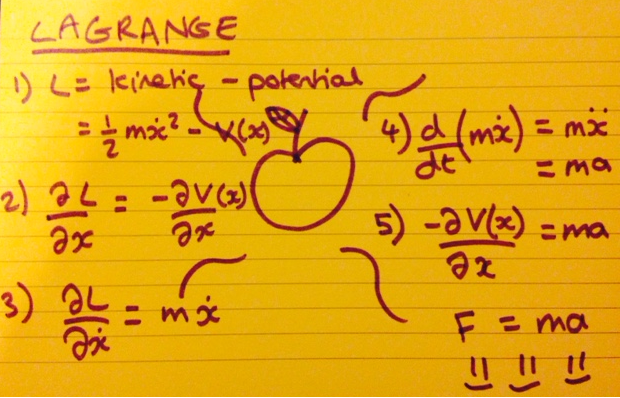



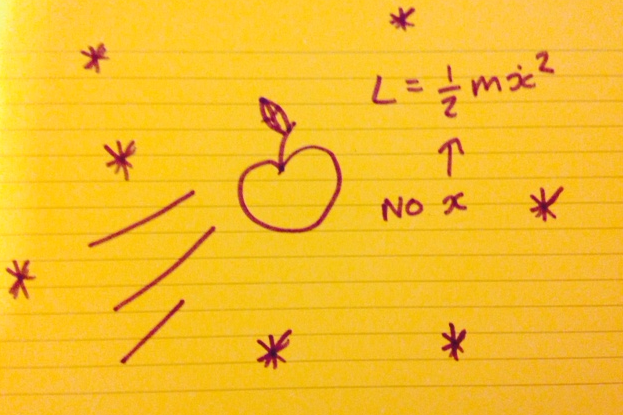
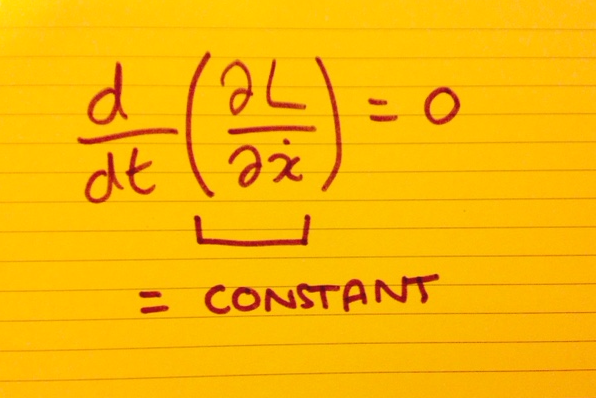
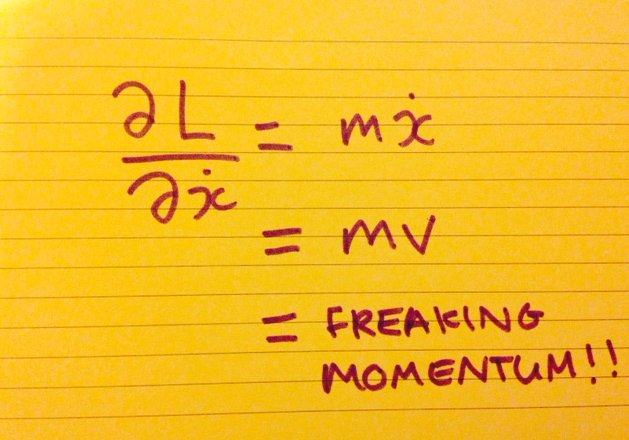



Pancakes are not acceptable tools for portraying information about physics